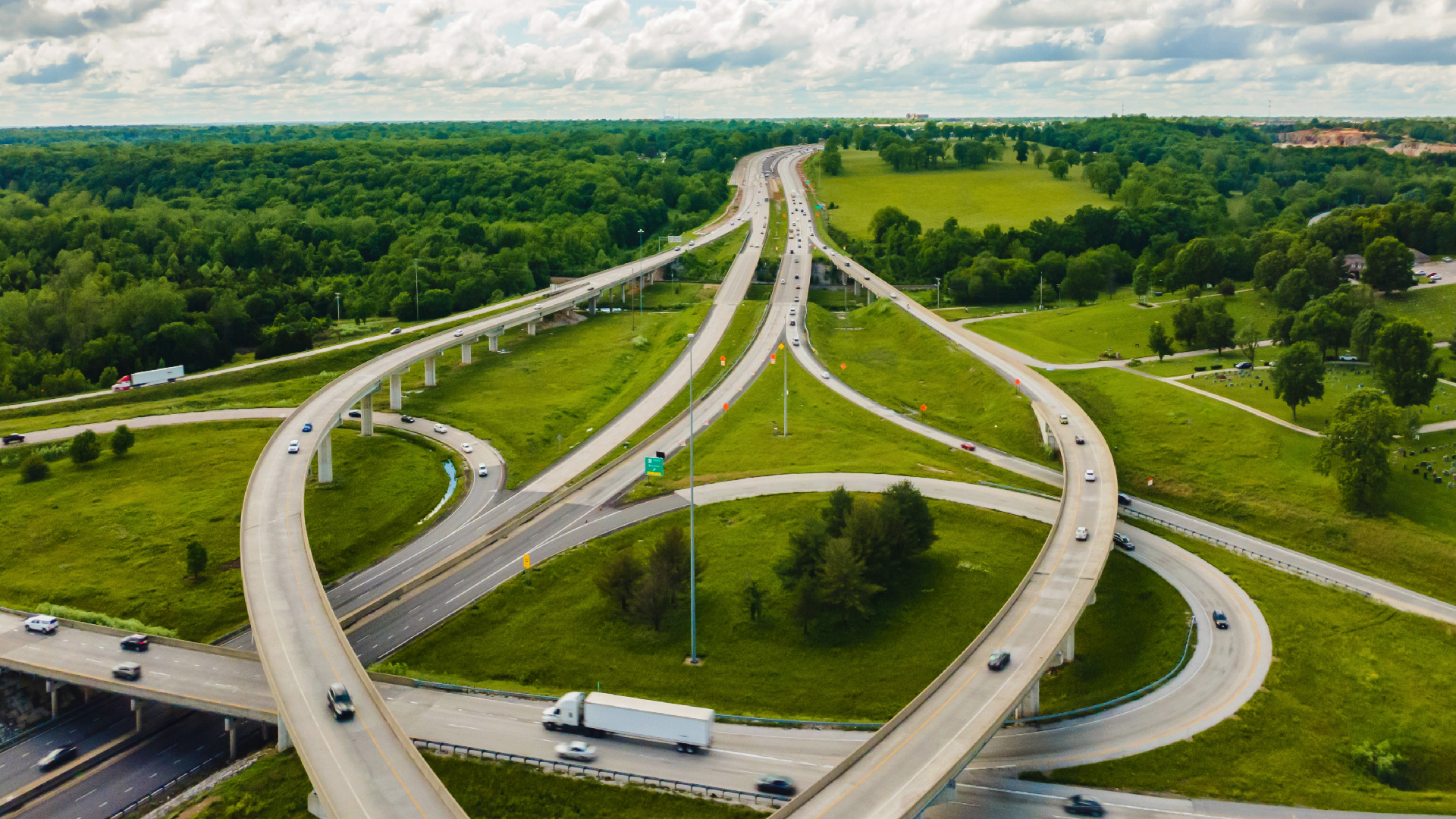EOBR, now or when…
Why it's important to start thinking about Electronic On-Board Recorders (EOBR) and benefits of EOBR telematics programs.

In 2013, the most common DOT violations during roadside inspections for commercial trucks were for Log Violations, and the second most common violation was for “Driver’s Record of Duty Status Not Current.” Other violations included driving beyond the 14-hour duty period and falsely reporting or falsifying duty status. According to Anne Ferro, Administrator of the Federal Motor Carrier Safety Administration, the agency expects to release the new proposed Electronic On-Board Recorder (EOBR) rule in the first quarter of 2013.
So here we are, closing in on the end of 2013, and while many fleets have rolled out EOBR, many are still waiting. Realistically speaking, it could take up until sometime in 2014 for the final rule to be published, and could even creep into 2015. It is assumed that there will be a 1-2 year grace period before the final ruling is enacted and enforced by FMCSA, as Congress has enacted this.
However, to avoid disruptions to their businesses when the rule does hit, fleets are well-advised not to wait until the eleventh hour to make decisions on what EOBR solutions they will embrace nor to develop plans to implement them, including training drivers and other personnel.
Here is a short list of why you need to start thinking about EOBR to stay ahead of the curve:
- To begin, the new hours of service (HOS) rules and regulations will be very fluid and can change as FMCSA gets feedback from fleets and enforcement officers.
- With the new rules, it will be very difficult for a driver to comply with the new rules with using a paper log and they will be forced to adopt an electronic on-board recording device to comply with the new rules and regulations.
- The adoption of EOBR’s will also be critical for fleets that want to keep their CSA Scores in check and to avoid fines which can be very costly to the fleets and the drivers. After the initial adoption and training for drivers, EOBR will save drivers at least 30 minutes per day by reducing paper work, as well as saving money for the office staff that needs to manage the paper logs.
EOBR telematics programs helps drivers stay current with their hours without running into violations. Fleet managers will find it easier for scheduling drivers routes based on “real” time before the drivers run out of hours and these programs will help to reduce CSA violations.
Other Links For More Info:
Learn more about the Geotab FMCSA DOT compliance solutions.
See also: Are AOBRD devices still compliant?
Subscribe to get industry tips and insights
Geotab team
Subscribe to get industry tips and insights
Related posts

Creating a fleet safety culture that’s built to last: Lessons from Missouri DOT and NYC
July 7, 2025
8 minute read

Field service is losing money to bad data: Go beyond GPS with smarter telematics
June 27, 2025
3 minute read


Enhancing winter road maintenance with postseason materials usage analyses
June 20, 2025
6 minute read

Building a self-sustaining school bus driver safety program with Geotab Vitality
June 13, 2025
7 minute read

The impact of unproductive idling on police vehicle service life
June 10, 2025
3 minute read